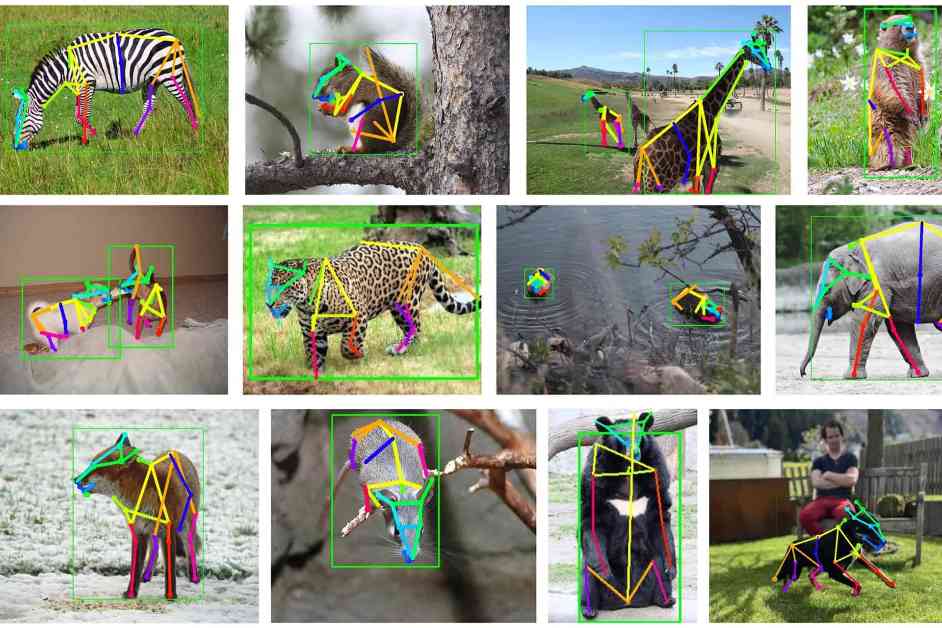Scientists at the Swiss Federal Institute of Technology Lausanne (EPFL) have developed a groundbreaking open-source AI model called SuperAnimal that can interpret animal behavior. This advanced AI, based on deep learning technology, analyzes the movements of various parts of an animal’s body, such as the eyes, mouth, hands, and feet, to accurately assess behavior.
SuperAnimal serves as a foundational model that can be customized to create specialized tools for automated animal behavior analysis. For example, conservationists can utilize SuperAnimal to track endangered species, while veterinary doctors can develop models to monitor animal health in their practices. The EPFL team previously introduced DeepLabCut in 2018, a powerful pose-estimation software known for its precision in identifying and tracking animal movements. SuperAnimal represents an upgraded version of this software.
Mackenzie Mathis, a neuroscientist at EPFL, explained that SuperAnimal is integrated within DeepLabCut and is capable of tracking a wide range of species, including rodents and four-legged animals. Surprisingly, this AI model can even analyze the behavior of fictional creatures based on images or videos, provided that these creatures possess body features similar to real animals.
Unlike other AI tools used for behavior analysis, SuperAnimal automates the process of identifying key points on an animal’s body, eliminating the need for manual labeling by humans. By standardizing this process, the AI model streamlines data collection and labeling efforts, making it significantly more efficient than existing tools.
Once all key points are identified and labeled, SuperAnimal can detect subtle changes in an animal’s posture, facial expressions, body movements, and overall motion. This allows the AI to learn how specific actions or movements correlate with different behaviors, providing valuable insights into animal behavior and motivations.
The potential applications of SuperAnimal are vast and diverse. Farmers can use this tool to monitor and enhance the well-being of their livestock, while researchers can study the behavior of lab animals in controlled environments. Additionally, SuperAnimal can help pet owners better understand their animals’ emotions and reactions in various situations. By decoding the interactions between different animals, biologists can gain a deeper understanding of social dynamics and communication within animal populations.
Looking ahead, the EPFL researchers aim to expand SuperAnimal’s capabilities to include the study of fish, insects, and birds in the future. This innovative AI model has the potential to revolutionize animal behavior studies, conservation efforts, animal welfare practices, and various fields of science, such as neuroscience and ethology.
In conclusion, SuperAnimal represents a significant advancement in the field of animal behavior analysis, offering a powerful and accessible tool for researchers, conservationists, veterinarians, and animal lovers alike. The possibilities for using this technology to enhance our understanding of animal behavior and improve animal well-being are endless.






